Flying used to be glamorous, but these days, it feels more like navigating an obstacle course designed by someone who never had a connecting flight to catch. Between long security lines, delayed departures, and the general chaos that seems to follow air travel, getting from point A to point B can test even the most patient traveler’s limits.
The good news is that smart travelers have figured out ways to beat the system and shave precious minutes (or even hours) off their airport experience. Here is a list of 20 proven strategies that can help you glide through airports like you’ve got some kind of VIP pass.
Check In Online and Go Mobile
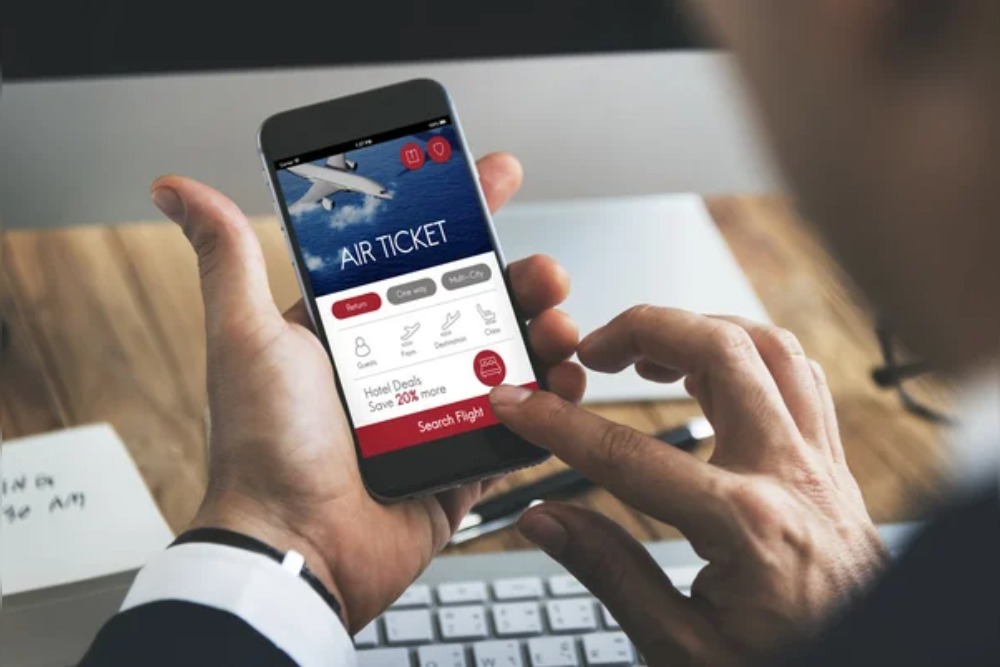
Here is where you will use 2-3 sentences to describe the image/post you want to link them to. This is your excerpt or quick Skip the check-in counter entirely by handling everything from your phone 24 hours before departure.
Most airlines send you a reminder, but set your alarm to beat the rush, as seat upgrades and earlier boarding groups often go to the first people who check in. Your phone is your boarding pass, which means one less piece of paper to fumble with at security.
Download Your Airline’s App
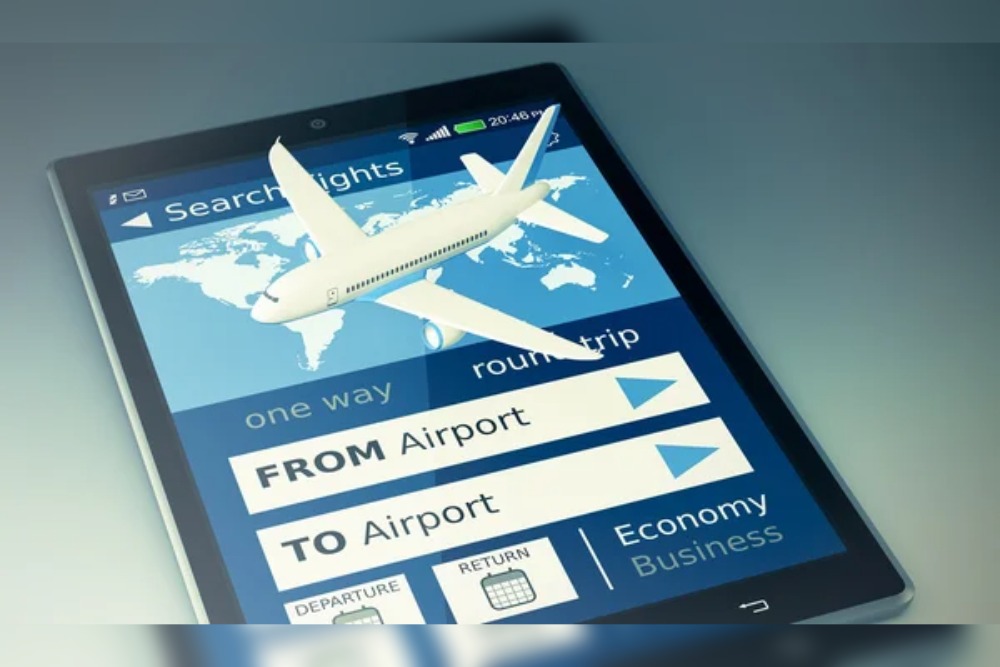
These apps do way more than just store your boarding pass. They’ll alert you to gate changes, delays, and cancellations faster than the overhead announcements, giving you a head start on rebooking or finding alternate routes.
Think of it as having an inside source at the airline feeding you real-time intelligence.
Like Travel Pug’s content? Follow us on MSN.
Master the Security Speed Run
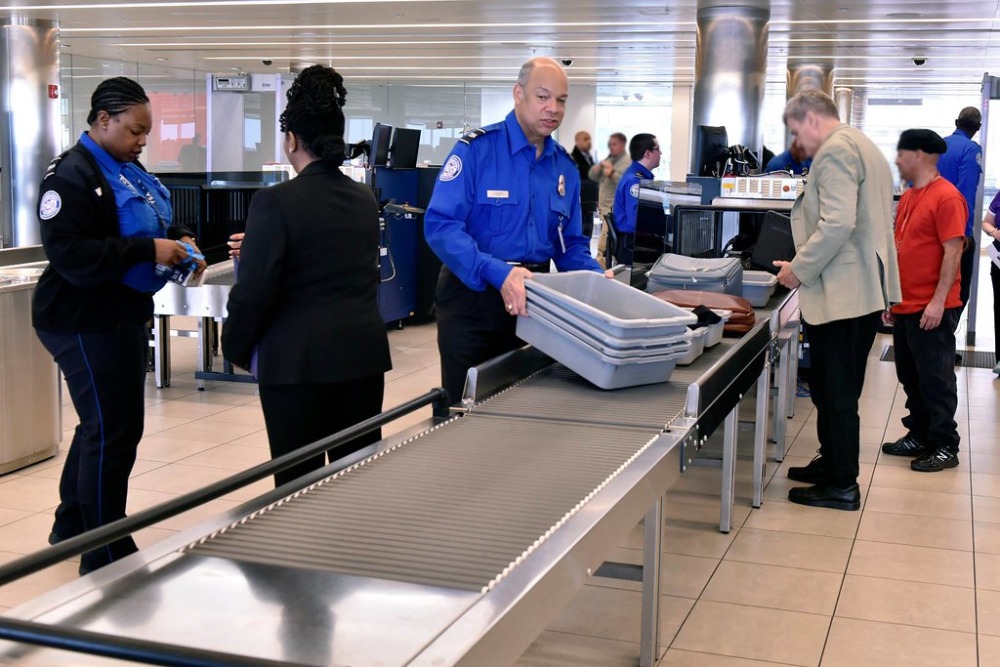
Treat packing like you’re preparing for a security checkpoint sprint. Put all your liquids in one easily accessible bag, keep electronics in outside pockets, and avoid wearing anything with metal that’ll trigger the scanner.
The goal is to become that person who moves through security like they’re on a conveyor belt.
Wear Slip-On Shoes
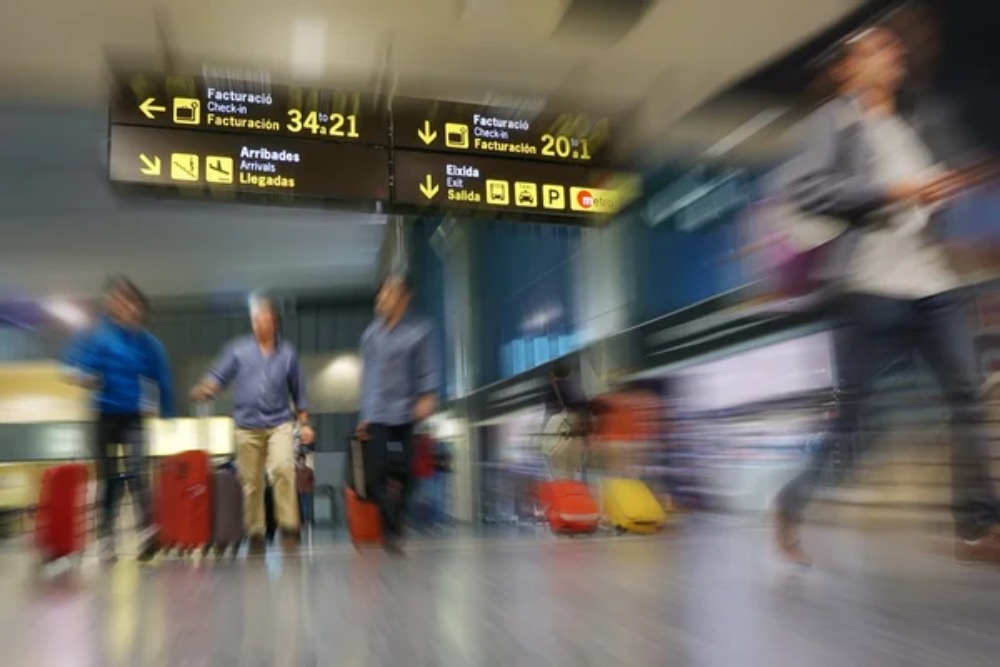
Laces are the enemy of efficient security screening. Slip-on shoes or sneakers with elastic laces can save you 30 seconds of fumbling around while everyone behind you taps their feet impatiently.
Those seconds add up, especially when you’re racing to make a tight connection.
Empty Your Pockets Before You Reach Security

Start transferring everything from your pockets to your carry-on while you’re still in line. Coins, keys, phone, wallet – everything needs to come out anyway, so why wait until you’re holding up the line?
This simple habit can cut your bin-loading time in half.
Like Travel Pug’s content? Follow us on MSN.
Invest in TSA PreCheck or Clear
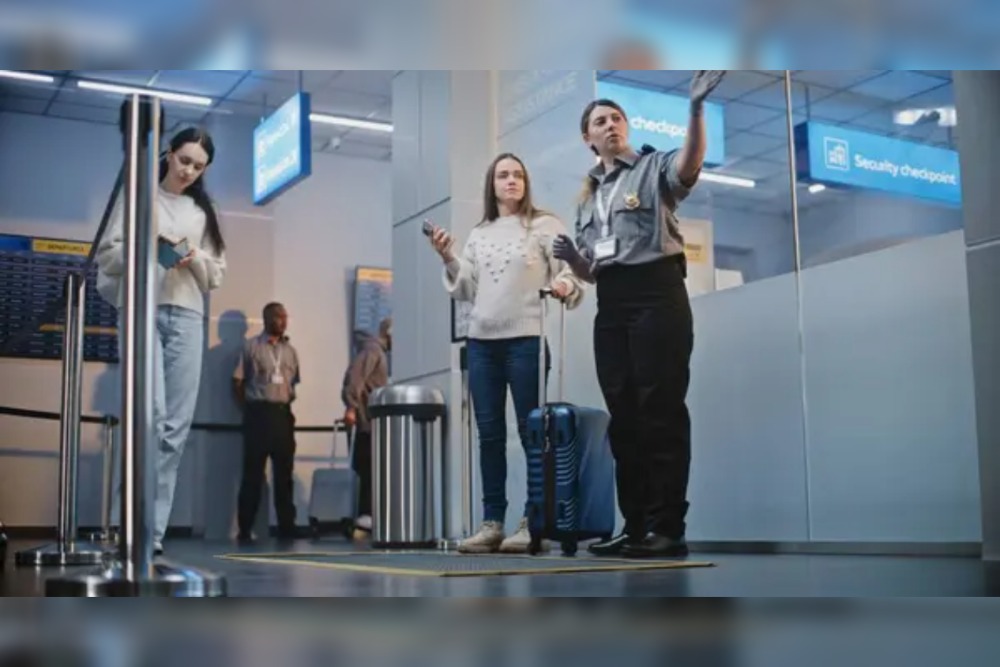
These programs cost money upfront but pay for themselves after just a few trips. TSA PreCheck allows you to keep your shoes and light jackets on, while Clear utilizes biometrics to verify your identity faster than checking an ID.
Combined, they can turn a 45-minute security ordeal into a 5-minute stroll.
Time Your Arrival Strategically
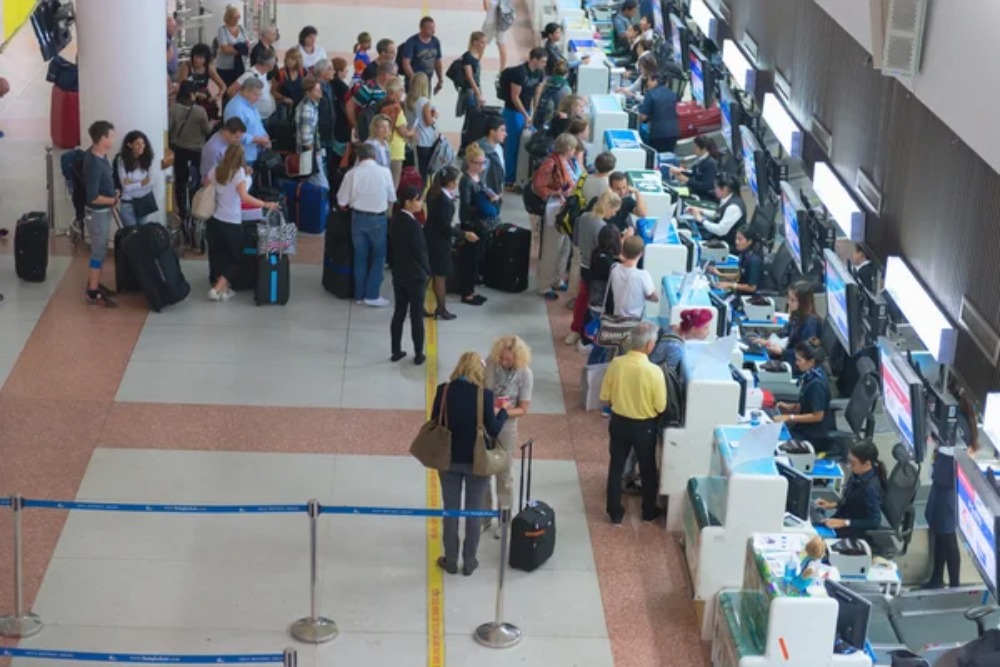
Airport traffic follows predictable patterns, just like highway rush hour. Weekday mornings between 6–8 AM and Sunday evenings are airports at their busiest, while mid-week flights often breeze through nearly empty terminals.
Flying Tuesday through Thursday typically means shorter lines everywhere, from check-in to coffee shops.
Pick the Right Security Line
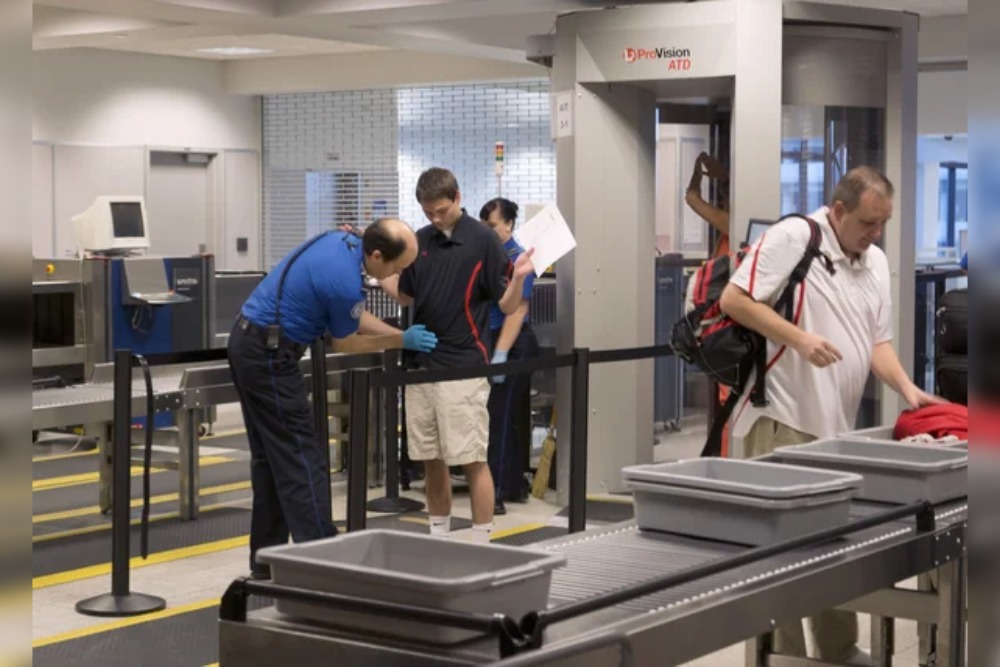
This strategy works inconsistently but can pay off when conditions align. Left lanes sometimes move faster because people naturally drift to the right, although this varies by airport layout and crowd patterns.
Business traveler lines typically move more quickly than family lines, but you should assess each situation, as staffing levels or random delays can sometimes override these patterns
Like Travel Pug’s content? Follow us on MSN.
Book the First Flight Out
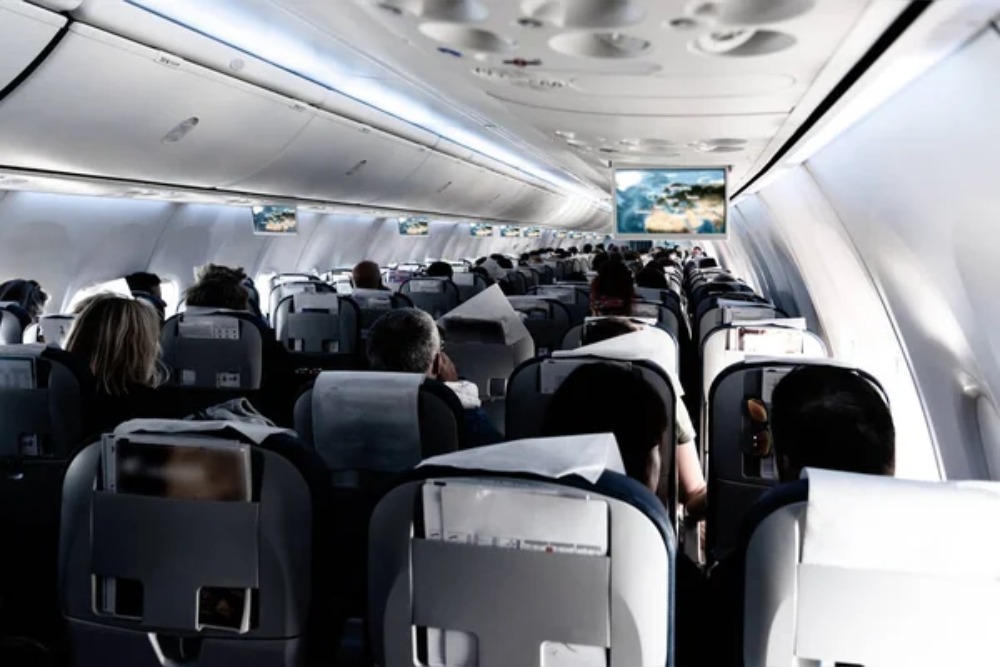
Airlines prioritize their first departures of the day, as delays early in the morning can cascade into problems throughout their entire schedule.
These flights also face less air traffic congestion, and if something goes wrong, you have the whole day to catch alternative flights instead of getting stuck overnight.
Use Curbside Check-In
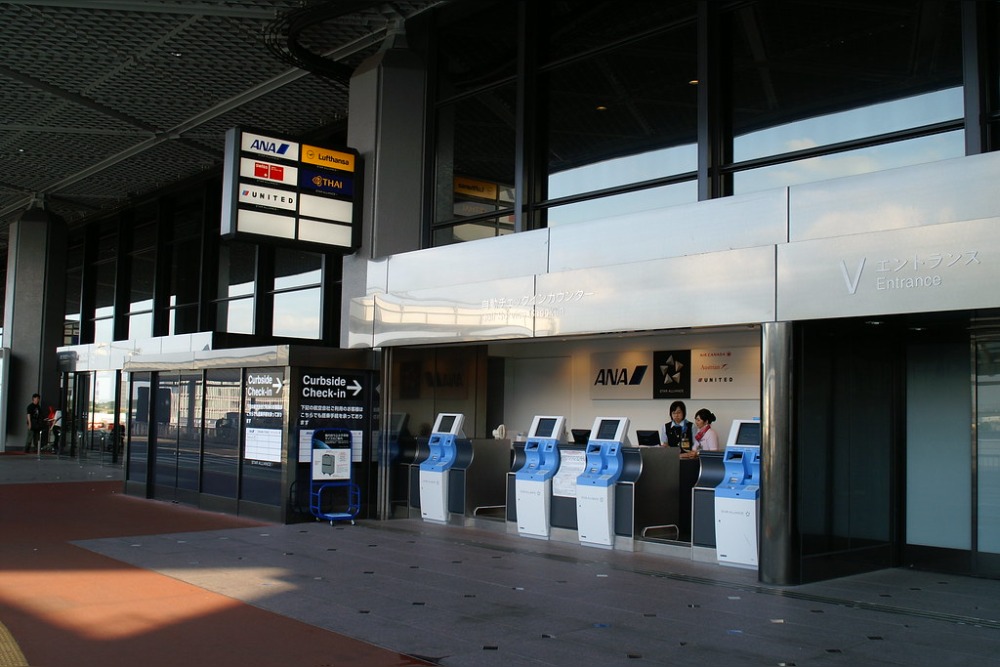
This old-school option can bypass terminal crowds when available, though not all airports or airlines offer it. Where it exists, curbside check-in typically has minimal lines, and the small tip you give the porter costs less than most airport parking fees.
Check your airline’s website beforehand since availability varies significantly by location and carrier.
Travel Light with Carry-On Only
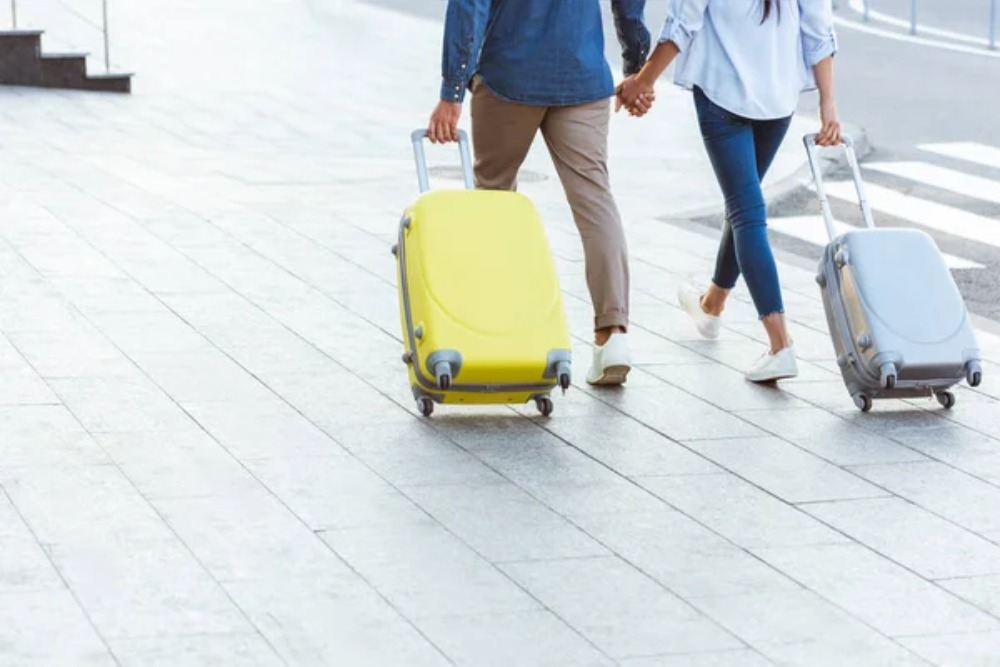
Baggage claim can add 20–45 minutes to your airport exit time, and that’s when everything goes smoothly. Carry-on-only travel means you walk straight from the gate to ground transportation.
Plus, you’ll never lose your luggage or miss a connection because your bag didn’t make it.
Like Travel Pug’s content? Follow us on MSN.
Set Up Flight Alerts
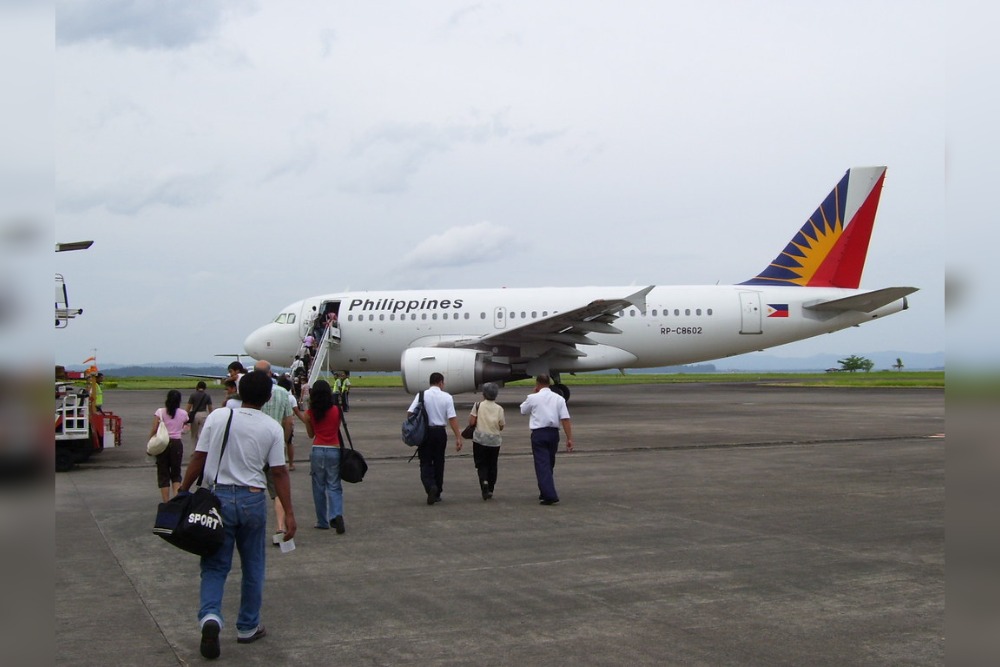
Flights change gates more often than people realize, sometimes multiple times before departure. Flight tracking apps can notify you of these changes before the gate agents make announcements, giving you a head start toward your new location.
Gate changes at large airports can mean a 10–15 minute walk across terminals.
Choose Strategic Seating
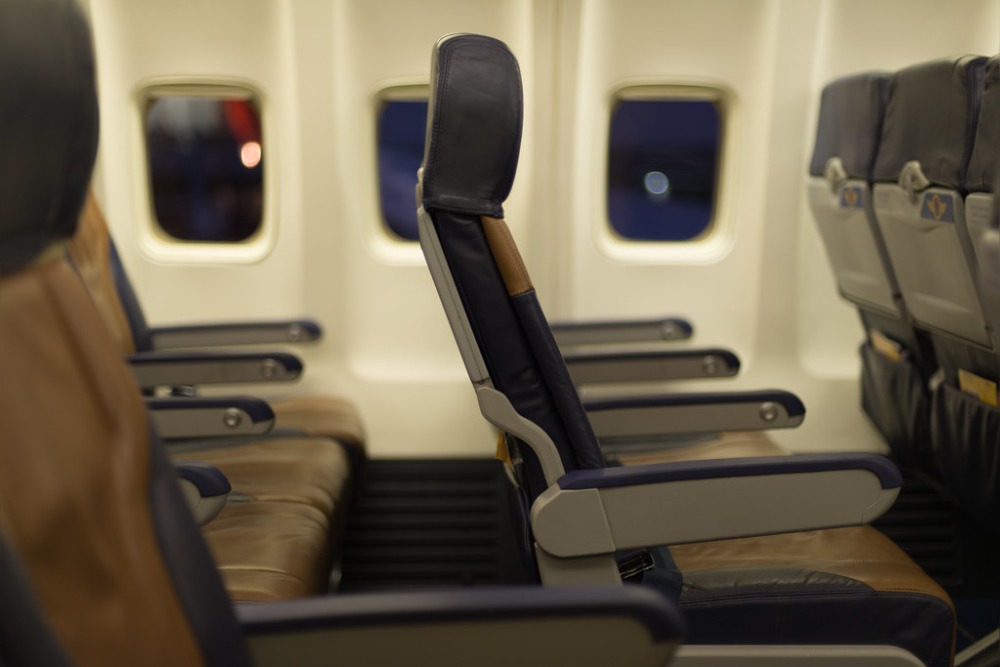
Front-of-plane seats get you off a few minutes faster, which adds up mainly for tight connections. Window seats near the front typically beat aisle seats in the back for deplaning speed.
The time savings are modest — usually 3–5 minutes — but those extra minutes can make the difference between making your next flight and waiting for the next departure.
Order Food Ahead
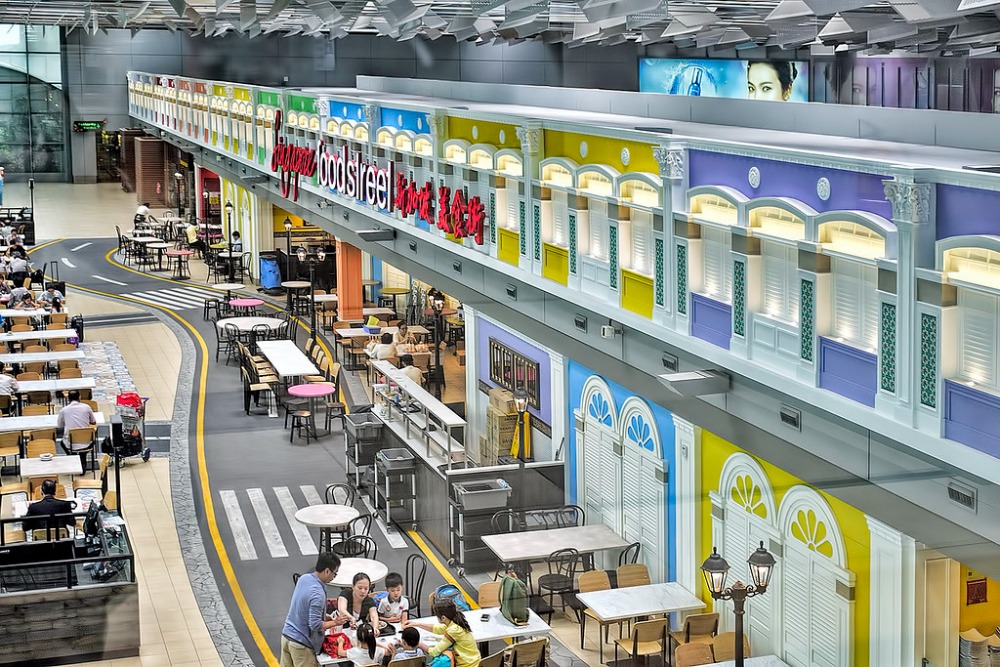
Most airports now offer mobile ordering from restaurants throughout the terminal. You can order your meal while sitting at your gate and then pick it up on the way to your departure lounge. No more choosing between eating and making your flight when departure time approaches.
Like Travel Pug’s content? Follow us on MSN.
Pre-Order Duty-Free Items
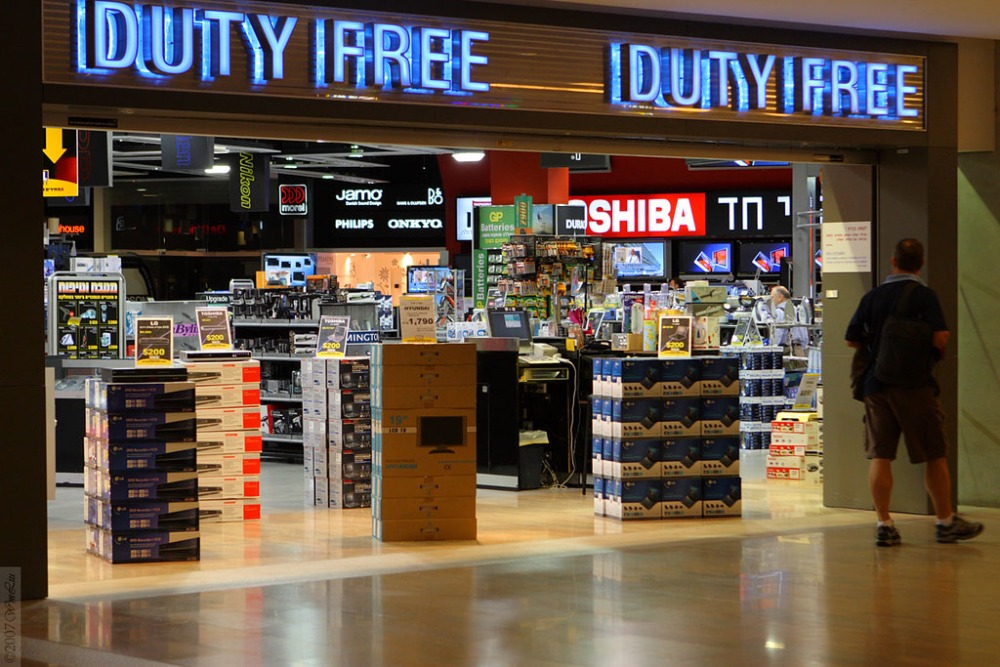
International travelers can browse and purchase duty-free items online before their trip, then pick them up at the store during layovers or before departure. This eliminates browsing time and ensures popular items don’t sell out, especially useful for last-minute gift shopping.
Use Airport Lounges for Priority Benefits

Lounge access isn’t just about free snacks and Wi-Fi. Many lounges offer priority boarding announcements, dedicated customer service agents for rebooking, and sometimes even priority security lanes.
The productivity boost from a quiet workspace can be worth the day pass fee, even if you’re not a frequent flyer.
Check the Weather at Your Destination
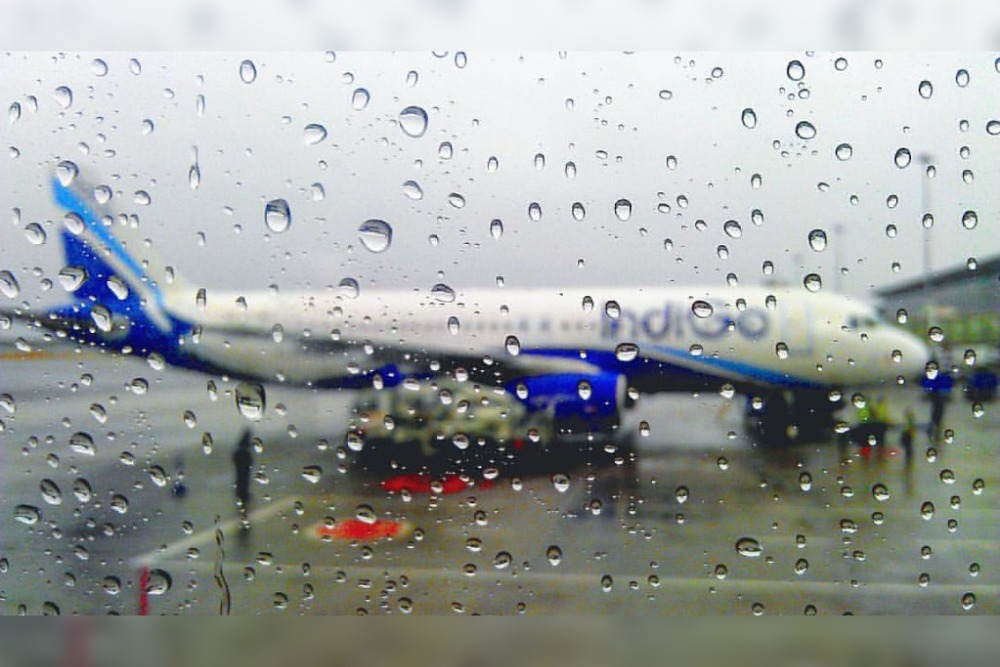
Weather delays often cascade backward through airline schedules. If storms are forecast at your destination city, airlines may start delaying departures hours beforehand.
Knowing this in advance helps you decide whether to head to the airport early or call to reschedule before leaving home.
Like Travel Pug’s content? Follow us on MSN.
Research Alternative Flights
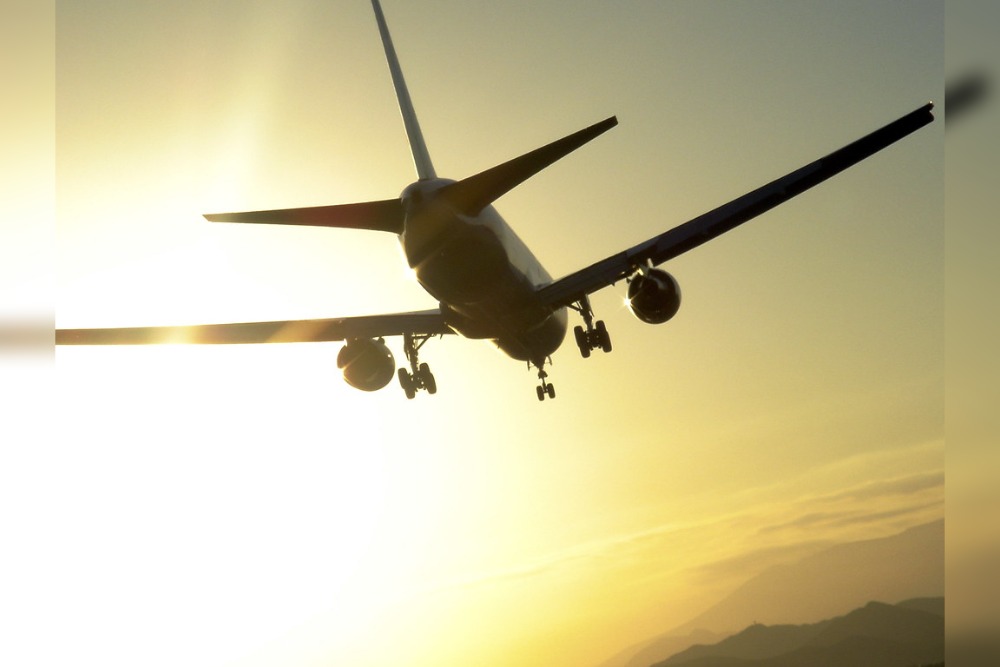
Before heading to the airport, note other flights to your destination throughout the day. When your flight gets delayed or canceled, you can immediately request specific alternatives instead of accepting whatever the agent offers first.
Having backup options ready significantly speeds up the rebooking process.
Use Self-Service Kiosks
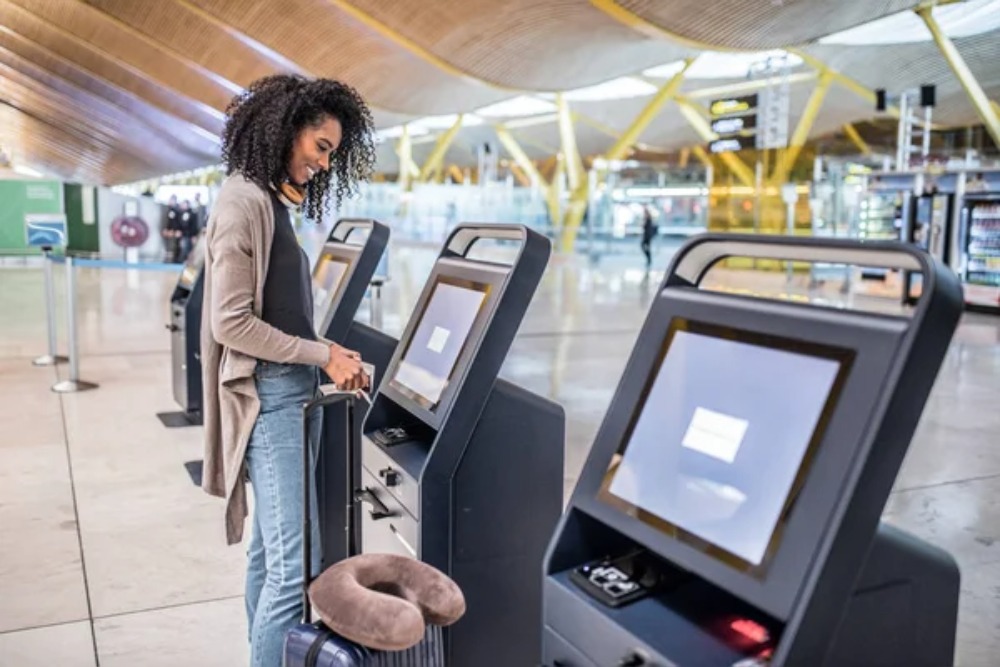
These machines often have shorter lines than staffed counters and can handle most routine tasks, such as seat changes, upgrades, and boarding pass reprints. They’re especially useful for international flights, where document verification can take longer at staffed counters.
Many travelers avoid them unnecessarily, creating an opportunity for shorter wait times.
Follow the ‘Left Side’ Strategy
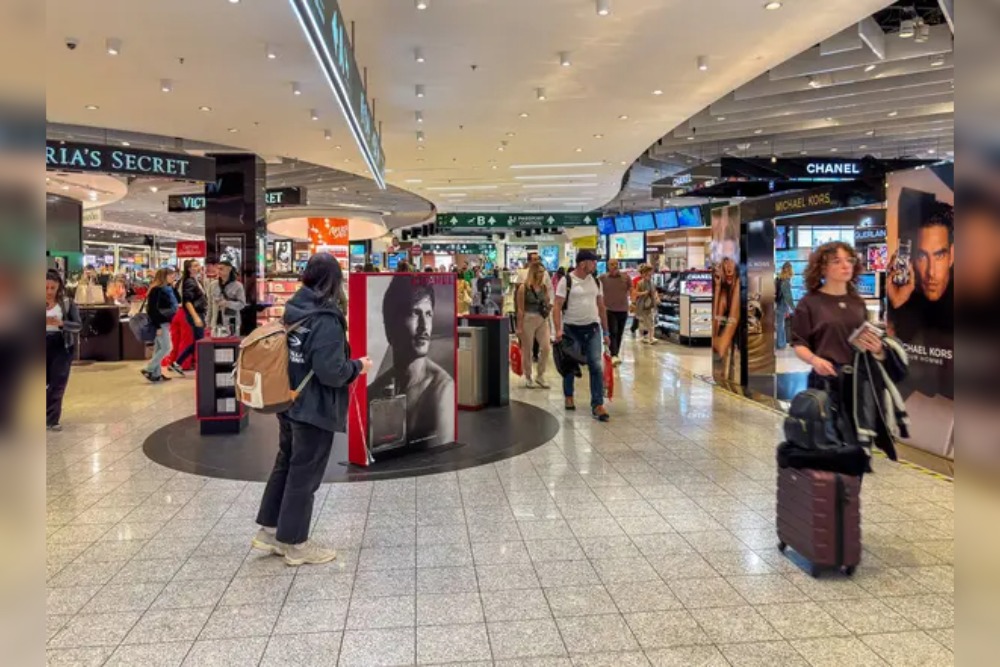
This technique works sporadically depending on airport design and crowd flow patterns. Many people unconsciously move right, potentially creating less congested left-side walkways and escalators. However, airport layouts vary widely, and factors like gate locations or construction can override this pattern, making it more of an opportunistic tactic than a reliable time-saver.
Like Travel Pug’s content? Follow us on MSN.
When Speed Became Everything
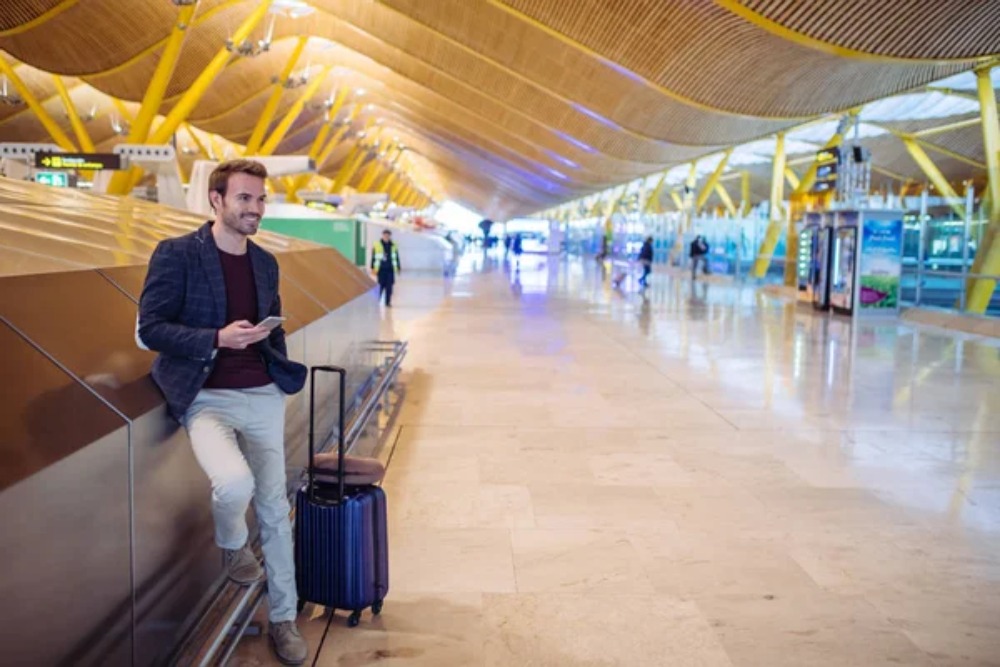
Modern airports have evolved from simple airfields into complex transit hubs that process millions of passengers annually, but the basic challenge remains the same: coordinating people and planes efficiently. Today’s travelers face more security requirements and busier terminals than previous generations, but they also have more tools and information to navigate the system strategically.
The airports that adapt quickly to changing passenger needs tend to reward travelers who understand how to work within the system rather than against it. Smart preparation and knowing a few insider tricks can transform a stressful travel day into a surprisingly smooth experience.
More from Travel Pug

- 20 Best Beach Towns in the Carolinas
- 13 Destinations Where Tourists Regularly Regret Their Trip
- 20 Things You Actually Get in First Class
- 20 Small Airports With Aviation Museums
- 20 Places in the U.S. That Are Perfect for a Reset Trip
Like Travel Pug’s content? Follow us on MSN.
